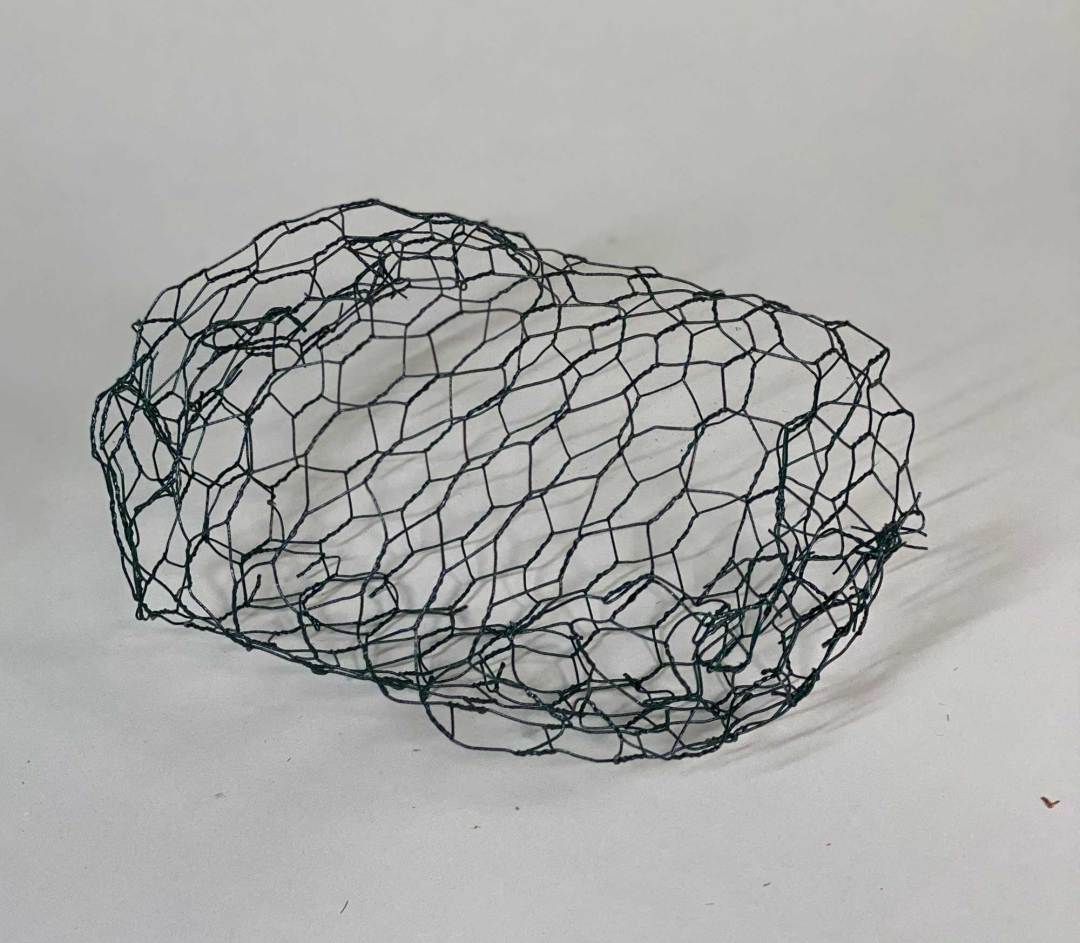Hydrangeas are deciduous shrubs that come in many sizes, shapes, and colors and make wonderful cut flowers bouquets for the home. Use them combined with other flowers, or just a big bowl of a single variety can make a stunning display.
The name hydrangea comes from the Latin work “hydros” which means water because hydrangeas need a lot of water. Plants will tell you when they are thirsty by drooping their leaves.
When choosing hydrangea there is a wide variety of options. Colors choices include whites, blues, pinks, and various tints, tones, and shades in-between. Flower colors vary by plant varieties and also through the season on individual plants. It’s fun to watch a bloom hue move from pale blue in the spring to bright blue in summer and then turn to more muted a pink/beige tones in autumn. As the bloom matures, it also become hardier for harvesting.
Choosing Hydrangea varieties
When choosing a variety to plant there are many different options and more cultivars are being developed each year. Some plants bloom on old wood while others bloom on the new growth. This is important to know because the plants need to be pruned differently. Plants that bloom on old wood must be pruned early in the season to allow time for growth to set next year’s flowers. New wood blooming hydrangea may be pruned as late as early spring.

Lacecap hydrangea
Hydrangeas that boom on old growth:
Hydrangea macrophylla is the most common with voluptuous rounded flower heads or a lacecap bloom with a more delicate flattened flower head.
Hydrangea quercifolia has a beautiful panicle bloom, foliage with stunning fall color, and gorgeous exfoliating branches which made great additions to winter arrangements.

Hydrangea quercifolia has a beautiful panicle bloom, foliage with stunning fall color, and gorgeous exfoliating branches which made great additions to winter arrangements.
Quercifolia comes from the Latin quercus (oak) and folium (leaf). Notice the oak leaf shape of the foliage on hydrangea quercifolia. It combines well with late summer zinnia and dahlia.
Hydrangeas that bloom on new growth:
Hydrangea arborescens is know as smooth or wild hydrangea and has graceful, sometimes very large flowers.

Hydrangea ‘Annabelle’ is a star in a summer flower bouquet.
Hydrangea paniculate has a panicle shape bloom and are the hardiest and easiest to grow.
‘Limelight’ is a popular variety.
Harvesting hydrangea
Harvesting for flower arranging is the same for both ‘old’ and ‘new’ wood hydrangeas.
First and foremost, flower heads are not ready for harvesting until early to midsummer.
Check to make sure your flower head color is fully developed. The bloom color will change throughout its bloom season but peak color comes in early to mid- summer.
Steps for conditioning hydrangea:
We teach flower harvesting and conditioning in our classes at Longwood Gardens and this information comes from the online Introduction to Floral Design classes:
Always harvest and prune with sharp, clean pruners.
Harvest flowers in early morning or evening, not in the heat of the day.
Cut stems above a node and include at least 2 leaf groups on the cut stem.
Place newly cut stems in fresh, clean water immediately.
Special instructions:
Once indoors, recut the stem above a leaf node at a sharp angle.
Split the stem up the middle about 1-2”to allow for maximum hydration.
Remove most of the leaves. Leaves are thirsty and take water from the flower.
Dip stem into about ½” of alum powder.
Alum (potassium aluminum sulffate) Is used for adding crispness in the pickling process. It is recommended when conditioning hydrangea to increase water absorption. You can buy it at most supermarkets.
Place stem into fresh, cool water in a cool dark place for at least a few hours.
Recut the stems and change the water every 2-4 days.
Arranging tips:

Hydrangea like to be in fresh water. Using chicken wire or branches for support is better than floral foam.

Using the voluptuous flower heads of hydrangea as a base, a handtied bouquet is easy to construct and it’s easy to lift the flowers from the vase to freshen the water.
A branch support may be used to hold stems in fresh water. Here two branches are nailed together across a low glass vase. Additional stone make a strong base for the hydrangea and foliage.
When looking through my files for pictures with hydrangea quite a few are from my Sogetsu Ikebana classes with Soho Sakai. Here are a few:

Two nageire designs in tall vases use beautiful blue hydrangea macrophylla Nagiere is a cross of sticks placed in the top of the vase to hold flowers.

A free-style class using paper:
Corrugated cardboard used both tall and low with blue hydrangea. And white hydrangea with Japanese washi paper.
DO’S AND DON’T FOR HYDRANGEA
DO’S
Do keep plants well hydrated
Do cut when flower heads are fully mature
Do cut in early morning or evening with sharp, clean cutters
Do condition flowers properly and change water frequently
DONT’S
Don’t let plants dry out
Don’t harvest flowers too early
Don’t cut flowers in the heat of day
Don’t use hydrangeas in floral foam
Do enjoy your flowers! Happy hydrangea harvesting.













